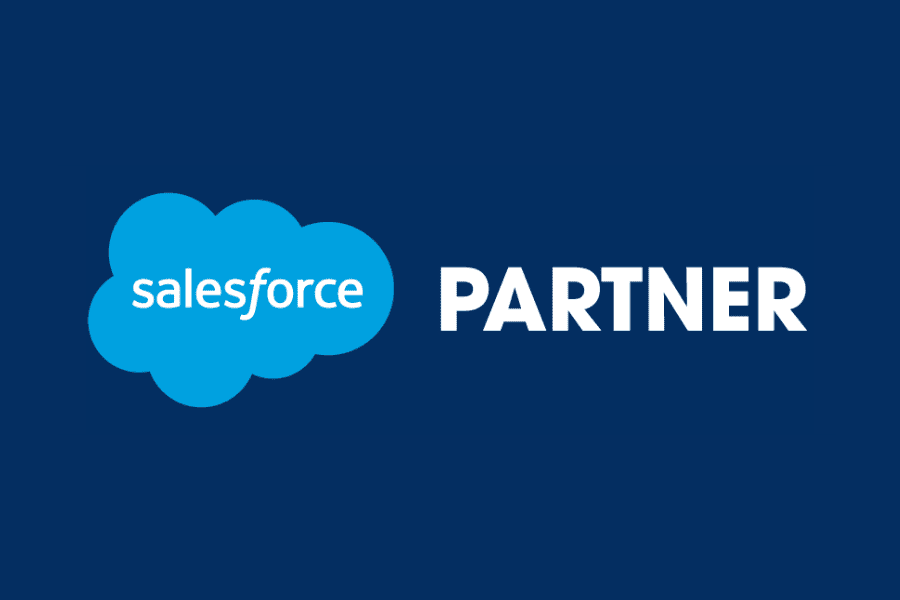
A successful Salesforce implementation begins long before the first line of code is written—it starts with effective requirements gathering. Without clear, accurate, and prioritized requirements, projects risk delays, scope creep, and missed business goals. Whether you’re a consultant, a project manager, or a business stakeholder, gathering the right requirements sets the foundation for a solution that delivers value.
In this blog, we’ll explore best practices for gathering Salesforce requirements and provide useful templates to streamline the process.
1. Why Requirements Gathering Matters in Salesforce Projects
Salesforce is a powerful, highly customizable platform. But that flexibility can backfire if there’s no clarity on what the business actually needs. Requirements gathering ensures:
-
Alignment between business goals and technical solutions
-
Avoidance of unnecessary customization
-
Better project timelines and budget estimation
-
Enhanced user satisfaction and adoption
2. Key Types of Requirements to Gather
To build a complete picture, focus on these main categories:
-
Business Requirements: High-level goals (e.g., improve lead conversion, automate case management).
-
Functional Requirements: Specific features or actions the system must perform (e.g., lead assignment rules, workflows).
-
Non-Functional Requirements: System performance, security, scalability, and compliance.
-
Integration Requirements: Connections to other systems like ERP, Outlook, or third-party apps.
-
User Roles and Access Requirements: Define user profiles, permissions, and role hierarchies.
3. Best Practices for Gathering Salesforce Requirements
✅ Involve Stakeholders Early
Include department heads, end-users, IT staff, and Salesforce admins to collect diverse perspectives.
✅ Use Real Business Scenarios
Ask teams to walk through daily processes to uncover pain points and improvement opportunities.
✅ Focus on Problems, Not Just Features
Instead of just listing desired features, understand the underlying business challenges they’re meant to solve.
✅ Prioritize Requirements
Not all requirements are equal. Categorize them as Must-Have, Nice-to-Have, or Future Enhancements.
✅ Document and Validate Frequently
Use clear, non-technical language. Review and confirm requirements with stakeholders regularly to avoid misunderstandings.
4. Templates to Simplify the Process
Use structured templates to speed up and standardize the gathering process:
Salesforce Requirements Gathering Template Includes:
-
Project Overview
-
Stakeholder List
-
Business Goals
-
Functional Requirements Table
(Module, Feature, Priority, Owner, Notes) -
User Role Matrix
-
Integration Requirements
-
Reporting & Dashboards
-
Security and Compliance Needs
-
Timeline Expectations
This template can be created using Excel, Google Sheets, or Word to facilitate collaboration and updates.
5. Tools to Use During the Process
-
Discovery Workshops
Host interactive sessions to uncover hidden needs. -
Surveys and Forms
Great for capturing input from large teams. -
Process Maps and Flowcharts
Visualize existing workflows and planned improvements. -
User Story Tools
Use tools like Jira or Trello to manage requirements in Agile projects.
Conclusion
Effective Salesforce implementation starts with getting the requirements right. By following these best practices and using structured templates, you can avoid costly missteps and ensure the final solution aligns with your business goals. Clear requirements mean clearer outcomes—faster delivery, stronger user adoption, and higher ROI.




